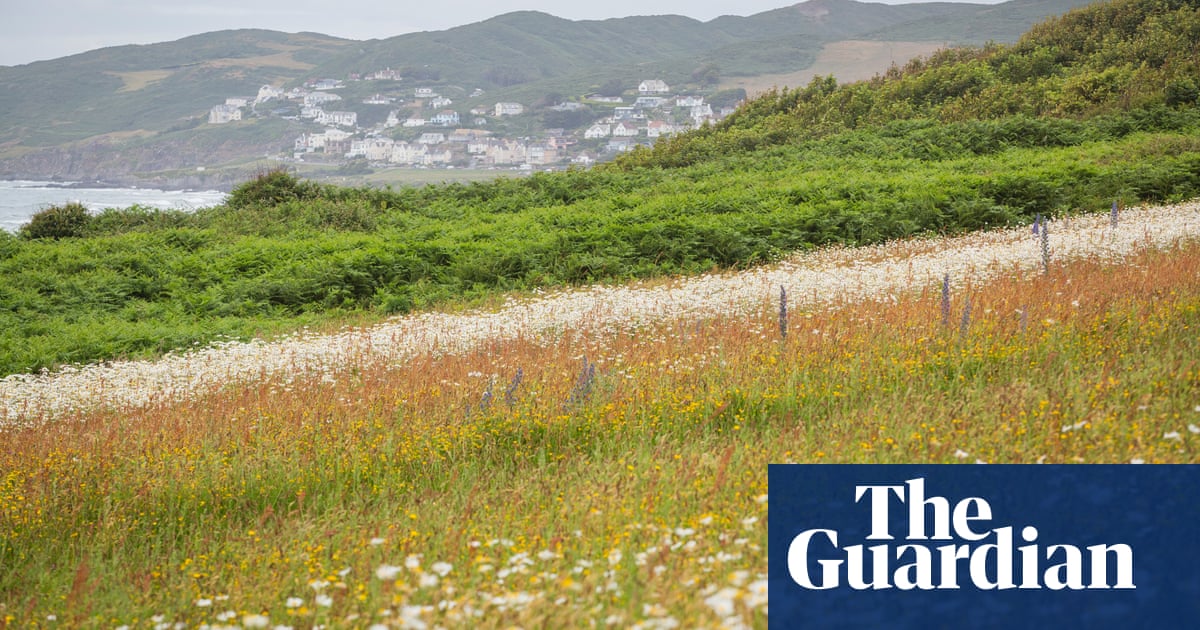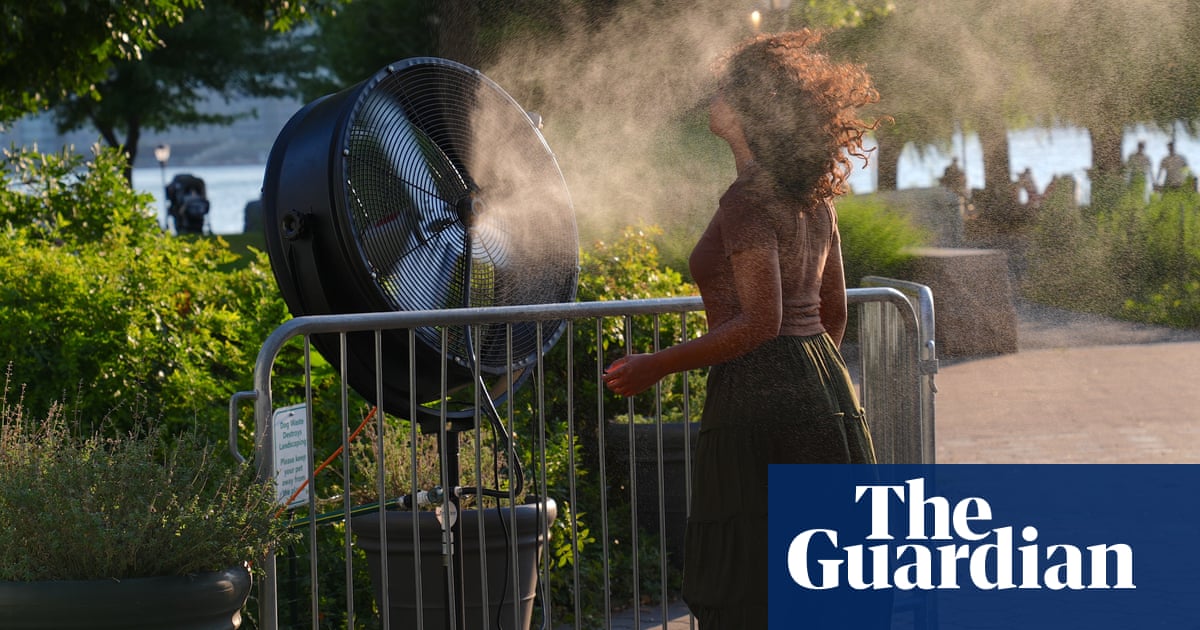National Trust’s wildflower meadow project flourishes on north Devon coast | Wild flowers

When the sowing began on the coastline of south-west England, conservationists warned it may take a little while for the new wildflower meadows to flourish fully.
But 18 months on, a vibrant display of blooms has popped up in north Devon, a joy for human visitors and a draw for precious birds, insects and mammals.
The idea is to create a network of flower-filled grasslands sweeping from the fringes of sandy beaches to moorland edges.
Eventually, the National Trust plans to plant up more than 1,200 hectares (3,000 acres) of land in north Devon, the charity’s largest ever wildflower grasslands project.
The first phase, 90 hectares at Woolacombe, Vention and South Hole, is being heralded a success, with oxeye daises, bird’s-foot trefoil and viper’s bugloss appearing and initial monitoring showing an increase of wildflower coverage from 2% to 40%.
There have been sightings of the brown-banded carder bee, meadow grasshopper and common blue butterfly, as well as birds such as swifts, skylarks, house martins and meadow pipits. Greater horseshoe bats dart across the meadows at dusk.
Joshua Day, a project coordinator at the National Trust in north Devon, said: “The sense of anticipation through the last two winters has been high, watching and waiting for the first successful seedlings to emerge.
“This first full bloom is an indication of success for the future of species-rich grasslands here in Devon, returning a diverse range of wild flowers to the countryside which will, in turn, benefit nature and ourselves.”
Species-rich grasslands are rare, with only 1% of flower-filled meadows remaining in the UK, and are among the most threatened habitats in Britain.
after newsletter promotion
Seeds from these first meadows will be collected by rangers and volunteers to create more sites elsewhere. Every hectare harvested will provide enough seed to sow two more hectares of meadows.
By 2030, 1,275 hectares (3,151 acres) of grassland will have been planted in north Devon. Some sites are already identified, with others to be found over the coming years.
Ben McCarthy, the National Trust’s head of nature and restoration ecology, said: “As nature in the UK continues to decline, making space for flower-rich meadows in our countryside at a landscape scale will make a real tangible difference to its recovery.”
Source link




